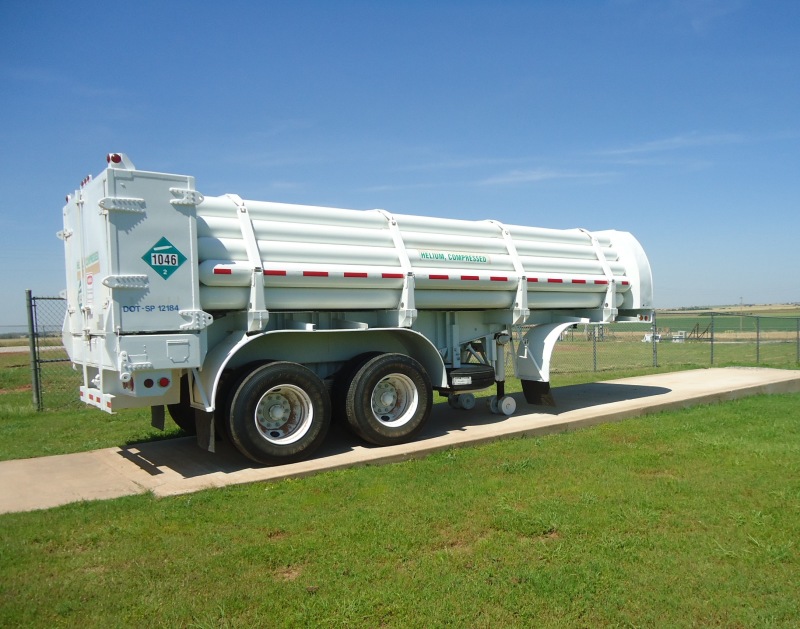Hi,
I have been looking at an FEA analysis of a pressure vessel that is to operate at 35,000 psi.
It is a spherical vessel and the FEA shows a stress gradient across the wall of the vessel from the id to the od, with the stress level exceeding the allowable value at the id, whilst at the od the stress level is quite low.
For the starting point I selected my initial wall thickness for the analysis by doing a simple ASME VIII vessel calc using PV Elite.
Is what I am seeing to be expected ?
Is an excessive stress level for the inner material ok, as long as the outer material holds good ok ?
Would I get cracking from the inside if we made this ?
Vessel id is 250mm, od is 650mm and material is carbon steel.
Any thoughts ?
I have been looking at an FEA analysis of a pressure vessel that is to operate at 35,000 psi.
It is a spherical vessel and the FEA shows a stress gradient across the wall of the vessel from the id to the od, with the stress level exceeding the allowable value at the id, whilst at the od the stress level is quite low.
For the starting point I selected my initial wall thickness for the analysis by doing a simple ASME VIII vessel calc using PV Elite.
Is what I am seeing to be expected ?
Is an excessive stress level for the inner material ok, as long as the outer material holds good ok ?
Would I get cracking from the inside if we made this ?
Vessel id is 250mm, od is 650mm and material is carbon steel.
Any thoughts ?

